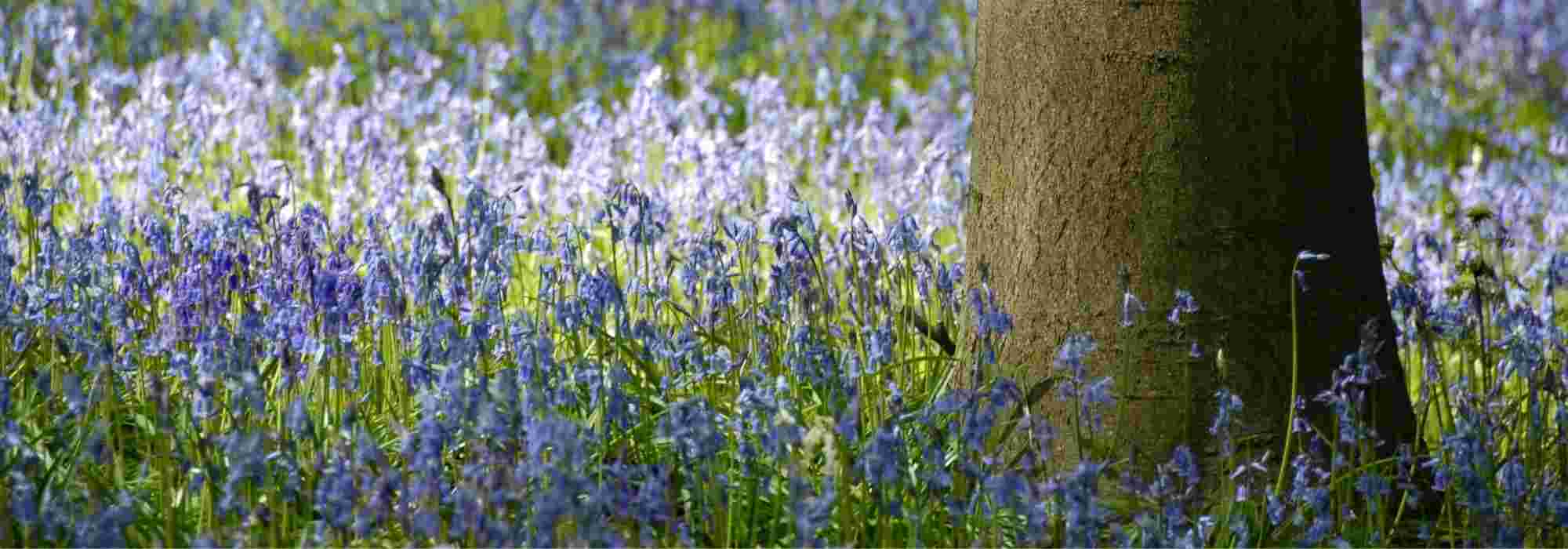
6 bulbs easy to naturalise in the garden
Our selection of bulbs that reliably return every year
Contents
Some flower bulbs have the ability to adapt and acclimatise perfectly to the environment and soil you offer them, producing ever more flowers year after year. Indeed, some classic varieties deteriorate, decline in flowering and thin out over time, while others return reliably.
Discover our selection of flower bulbs that naturalise easily in the garden!
Botanical tulips
From their first years in the ground, these small-sized bulb varieties already produce an early, generous flowering. Botanical tulips are much hardier than their horticultural cousins and return faithfully each year, increasing in number.
Plant them in a sunny spot from September to November for flowering from March to May, in well-drained soil. The colours of these tulips, from the softest to the most flamboyant, will brighten flowerbed borders, banks and woodland edges, creating the feel of an enchanted understorey.
Discover 7 remarkable varieties of botanical tulips on our blog.
Read also
How to protect bulbs from rodents?Grape hyacinths
Also called “Grape hyacinth”, this pretty little bulbous perennial appears from March to May in the form of an upright cluster, compound of very small white, blue or bicoloured bell-shaped flowers.
The muscari is undemanding about type of soil and maintenance and tolerates both full sun and partial shade. Very hardy, it blends discreetly into flower beds, at the base of trees or along path edges. Prolific, Muscari self-seeds and forms a pretty flowering tapetum that becomes more extensive each year.
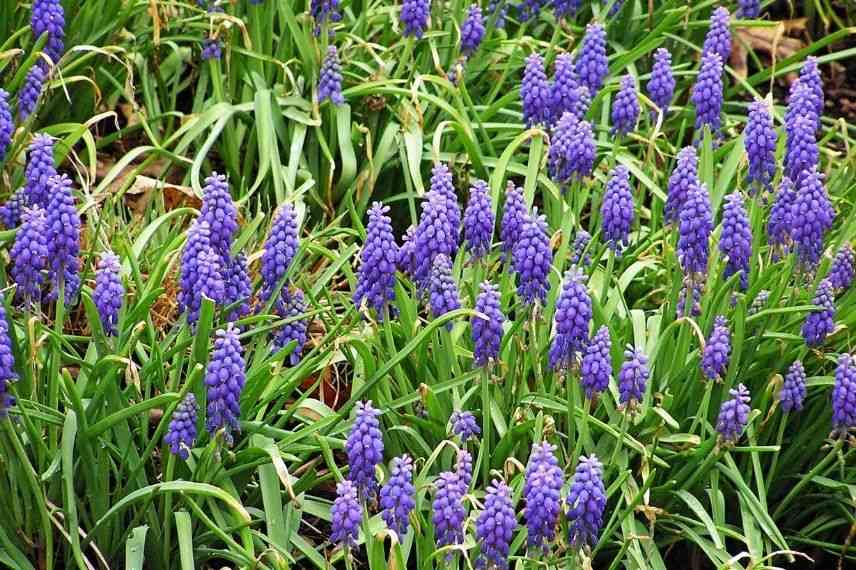
Muscaris armeniacum
Feel free to consult our advice sheet to succeed in planting your muscaris.
Discover other Naturalising bulbs
View all →Available in 0 sizes
Available in 1 sizes
Available in 1 sizes
Available in 1 sizes
Available in 1 sizes
Available in 1 sizes
Available in 1 sizes
Available in 1 sizes
Available in 2 sizes
Available in 1 sizes
Scillas or wood hyacinths
Favoured host of cool woodland understorey, scillas are among the first bulbs to flower, from January for the earliest, and fit perfectly into any setting. They wear small bells of a beautiful deep blue in spring, composing displays full of freshness and simplicity.
Wood hyacinth bulb is planted in October to flower in April–May, in ideally loose, fertile soil. Scillas naturalise very easily in the garden’s shadiest nooks! They can live for years in rockeries, at the base of trees and bushes.
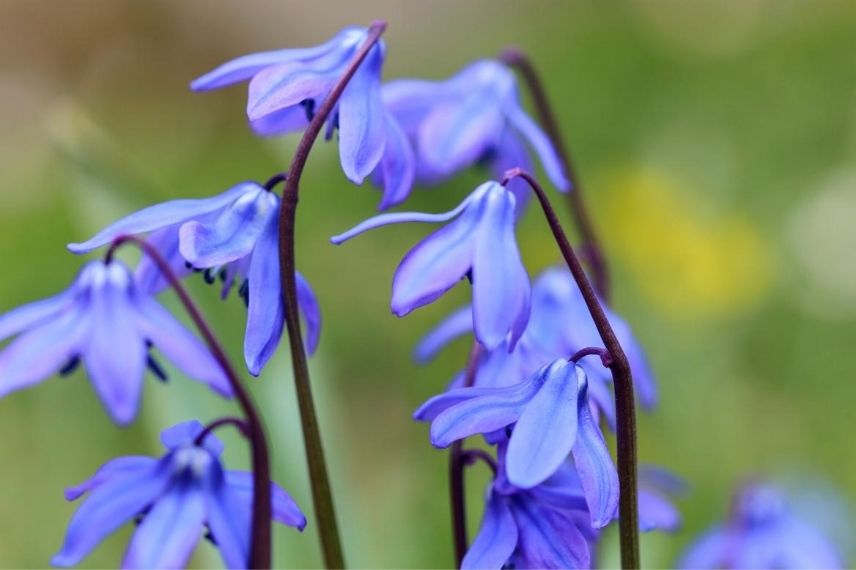
Scilla, in an incredible blue!
Varieties ‘Spring Beauty’ and ‘Siberica Alba’ remain my favourites.
Follow our advice to plant and care for your scillas.
Read also
Planting bulbs: which tools to choose?Daffodils
Single, scented, miniature, colourful or pure white… Daffodils are the real stars of the garden’s awakening in spring! Some very early species, such as Narcissus bulbocodium ‘White’ or ‘Golden Bells’, flower as early as late winter. Capable of growing almost anywhere, they naturalise easily and require little maintenance.
They prefer a sunny or partially shaded position. Indeed, deep shade encourages foliage growth at expense of the flower. Planted in October at 10cm depth, they thrive at woodland edge, near trees or in meadow. They tolerate heavy or clay soils, except tazetta and triandrus species which need well-drained soil.
Among most noteworthy varieties, note Narcissus ‘Avalanche’ or ‘Jet Fire’ with explosive, very prolific flowering at foot of bushy areas.
Discover our top 15 daffodils to plant in your garden.
Crocuses
Spring crocuses are among the very first flowers of spring! From the end of winter, these hardy bulbous perennial plants produce a gentle flowering in white, yellow or purple. There are about 80 varieties of crocus, most flowering in spring and some in autumn. Take care not to confuse them with colchicums, which have 6 stamens while crocuses have only 3. Crocuses require almost no maintenance. They form vast flowering tapeta and return faithfully each year.
It is the ideal plant to bring colour to short grass meadows, the base of trees or a rockery. Keys to success lie in well-draining soil and sunlight! Indeed, they dislike excess moisture. Finally, only C. tommasinianus can grow in shade.
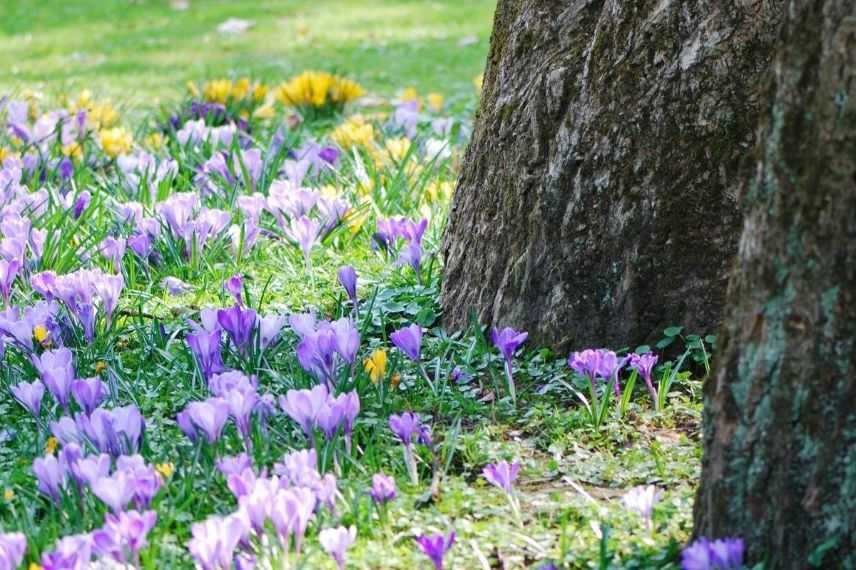
Tapetum of crocuses
Some varieties with autumn flowering (to plant from August):
- The Crocus speciosus ‘Albus’ with pure white flowering,
- the famous Crocus sativus or saffron crocus displays violet-coloured flowers punctate with long reddish-orange styles at flowering.
Some varieties with spring flowering (to plant between September and November):
- Crocus tommasinianus elegantly carpets the base of trees,
- Crocus Mammouth Golden Yellow which lights up spring with its bright golden-yellow colour.
Discover our advice sheet on how to plant crocuses!
Snake's-head fritillary
Fritillary flowering is spectacular! The Fritillaria meleagris is adorned with delicate nodding bells coloured purple, claret and white early, in March–April.
Very long-lived, it naturalises easily in gardens and returns for many years. Accustomed to wet meadows, it also fits perfectly in light woodland, at foot of deciduous trees and bushes, along path edges or in a damp rockery. It thrives in fertile, humus-bearing, light soil that does not dry out in summer. Ideal in full sun or light shade, it offers a striking display that will surely delight!
Some guidelines to follow for successful planting
Bulb growing is child’s play, provided you follow a few basic rules:
- Correct depth: It varies with bulb size! To help you, on all our bulb packets we always state the planting depth for each species and variety.
- Adequate drainage: Most bulbous plants dislike soil saturated with water, so it’s essential to ensure good drainage.
- Plant in the right orientation: plant bulbs with the point facing upwards.
Finally, do not hesitate to read Ingrid’s article ⇒ Planting bulbs: 7 practical and useful tips!
- Subscribe!
- Contents
































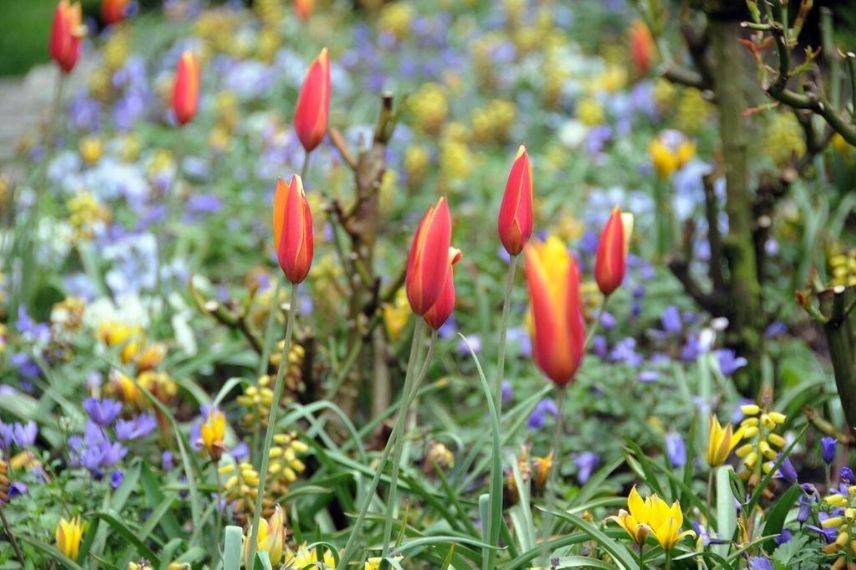



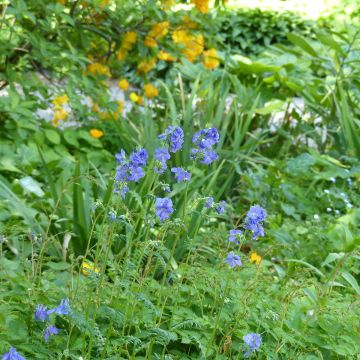
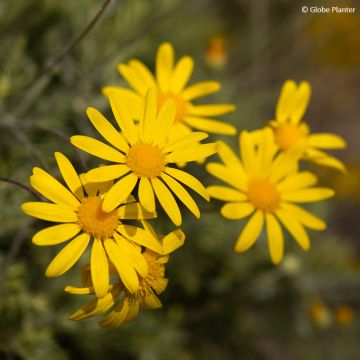
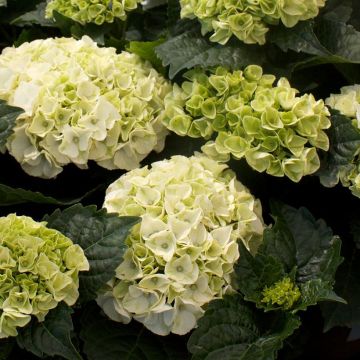
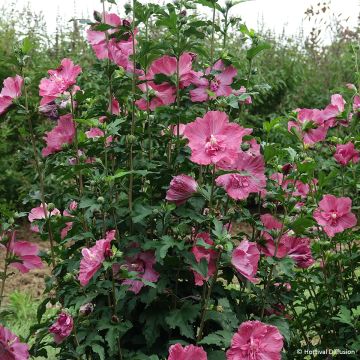



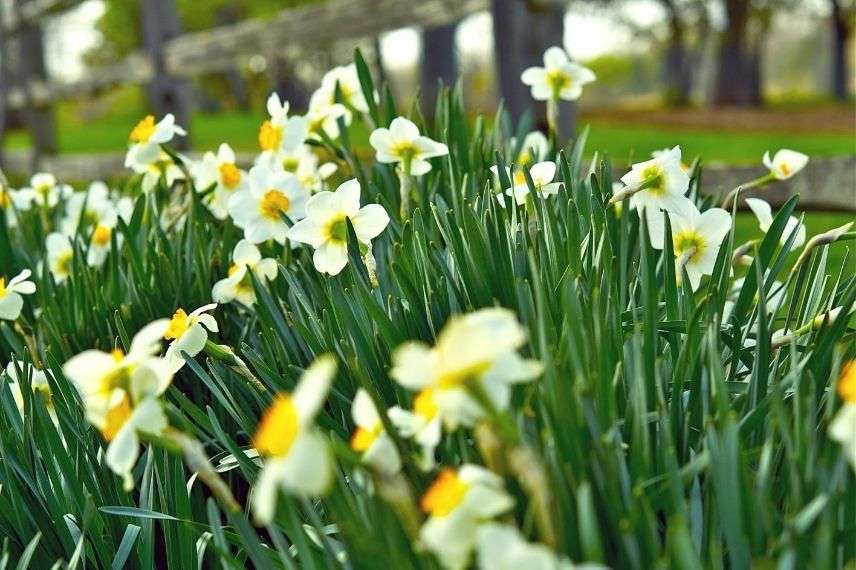
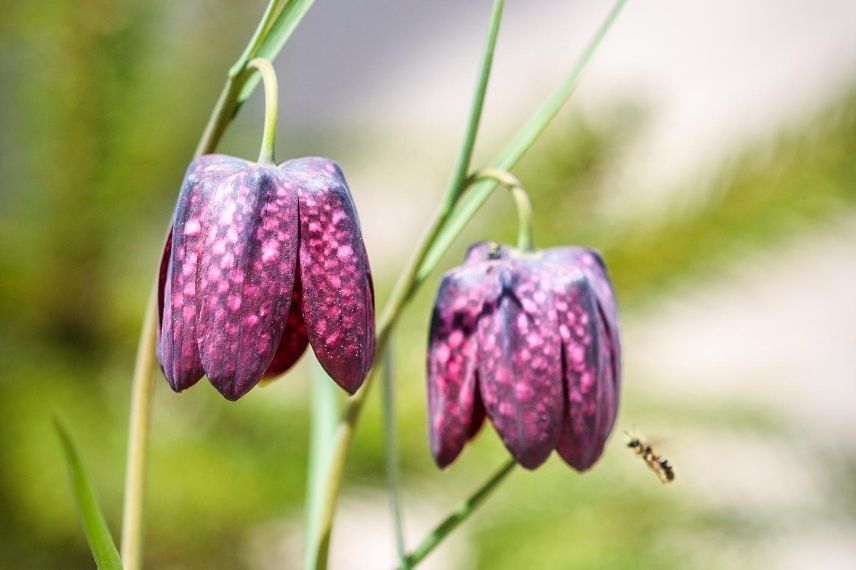
Comments